Innovation And Design: A Talk With Carey Schuster Of Yellow Goat Design

Carey Schuster did not start her college career at Pennsylvania State University with the hopes of becoming the president and CEO of the North American division of Yellow Goat Design. Long before she became the head of a custom lighting design company, Schuster pursued an education in politics and law at Pennsylvania State University. During her junior year, Schuster was accepted into George Washington University’s Master’s program for political management.
She relocated to Washington, D.C. where she worked as a White House intern and, after graduating with her Bachelor of Arts, remained in D.C. for the summer to intern on Capitol Hill.
“When I graduated I got a fantastic opportunity to work as a junior lobbyist working on trade agreements for the American Apparel & Footwear Association. I was given so much responsibility and a really accelerated position,” Schuster said.
Yet, when she started thinking about her long-term goals, she realized her current path didn’t feed her creative drive nor allowed her to have the work-life balance she truly desired.

“I really proactively thought about what it was I wanted to do, and what made sense — everywhere from day-to-day life, amount of money I wanted to make, what inspired me and got me excited each day and what it would take to get to whatever that position or place was,” Schuster said.
With an artist father, who she admired in part for his abilities, she was drawn to expression through the design aspect of art. Her father was a bronze sculptor and painter she admired who also had an architectural side to his work that Schuster feels she inherited from him.
“I ended up thinking that interior design was a good fit for me. I am really creative, but I’m not a very skilled artist. So, that kind of narrowed things down. Designer versus artist made sense for me,” Schuster said.
She switched gears and earned her Master’s in Interior Design from Marymount University instead. The day after presenting her thesis, Schuster and her husband got on a plane and moved to Sydney, Australia — where neither had been before.
“It was fun! I don’t have much fear,” Schuster said about the move. “Being up for the adventure was in the cards for my husband and I.”
In Australia, her husband worked as an accountant for the same company he had worked at in the United States. Schuster, herself, found work as an interior designer and got to work in designing restaurants, hotels, casinos and clubs. It was through these large scale, elaborate jobs that her collaborations with Yellow Goat Design that her relationship with the company began.
“I was working with them [Yellow Goat Design] and doing some custom lighting fixtures and art pieces for the spaces. While I was there I got to know the owner of the company really well, and we just hit it off. We really liked each other and he was very inspiring, and I met his wife and loved her as well,” Schuster said. “They were super creative and doing a lot in terms of pushing the envelope with design, and ways that lighting can really affect space.”
When Schuster and her husband felt the time was right to move back to the United States, plans were made with Jerzy Lesko — the founder of Yellow Goat Design — about launching the U.S. division. However, the country was still recovering from The Great Recession.
“I came back to a market that, unfortunately, had crashed here in the U.S. — a very depressed economy, specifically for architecture and design industry. Even more specifically, for the beautiful sort of pieces we would be putting on projects,” Schuster said. “Against all odds, it managed to take off.”
About a year after her division launch in 2010, Schuster split off from the Australian division once she had got her roots planted, doing so without having to get outside funding to get started. Now Schuster owns the North American sales and marketing division of the company.
-
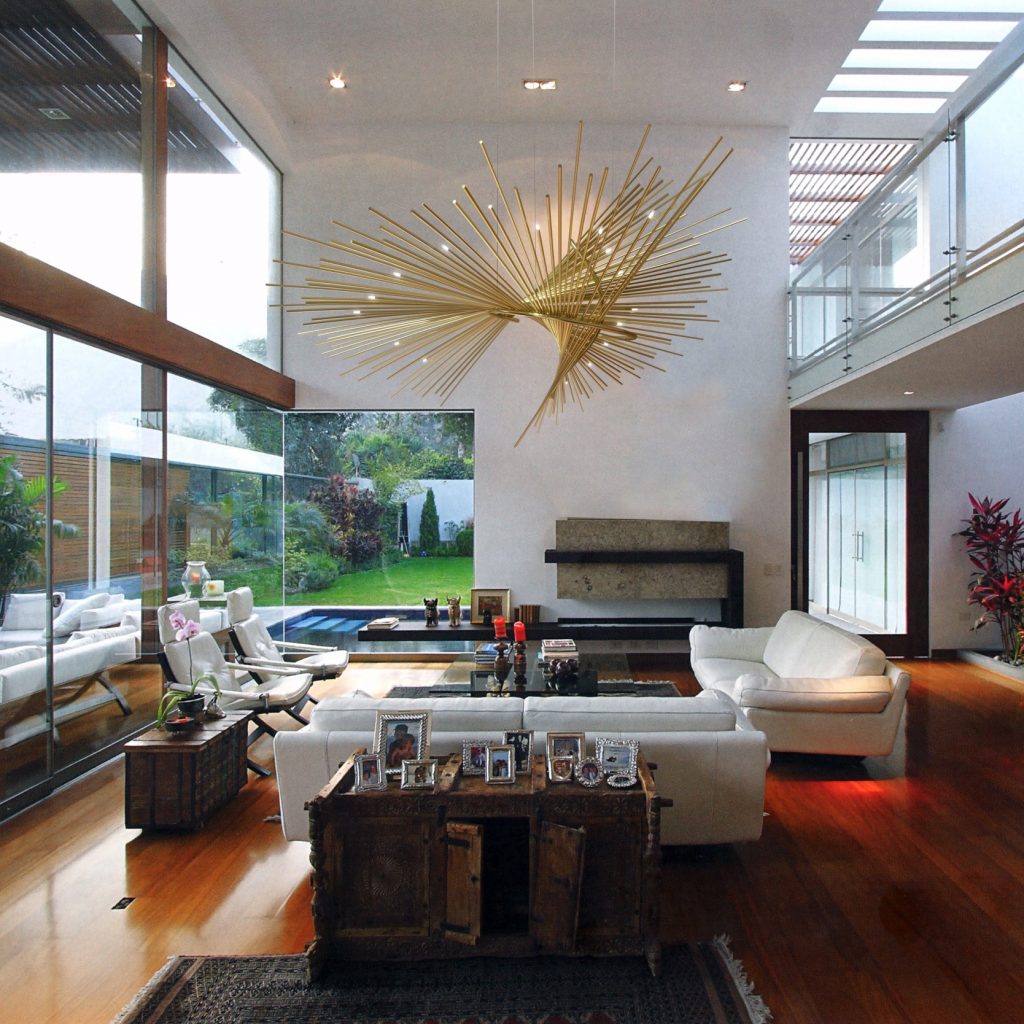
Stellar. -
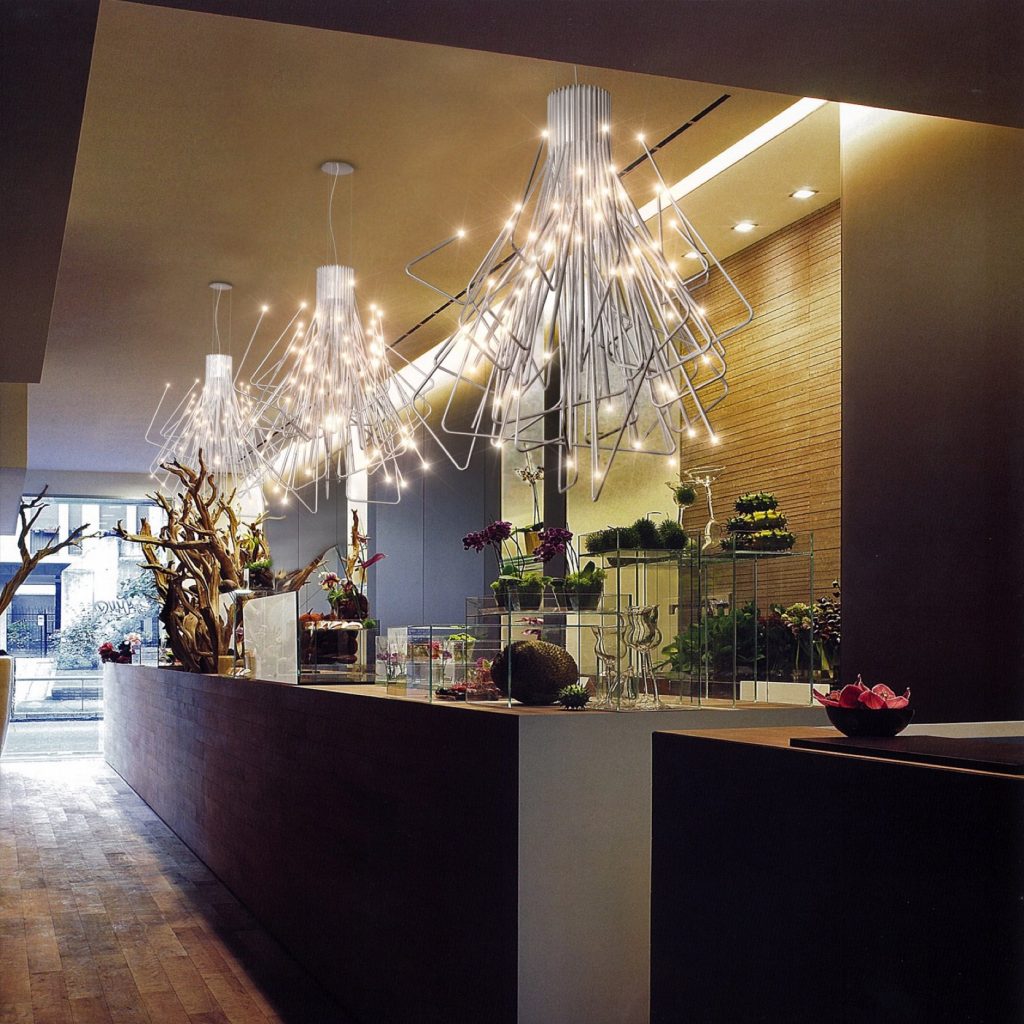
Gaff. -
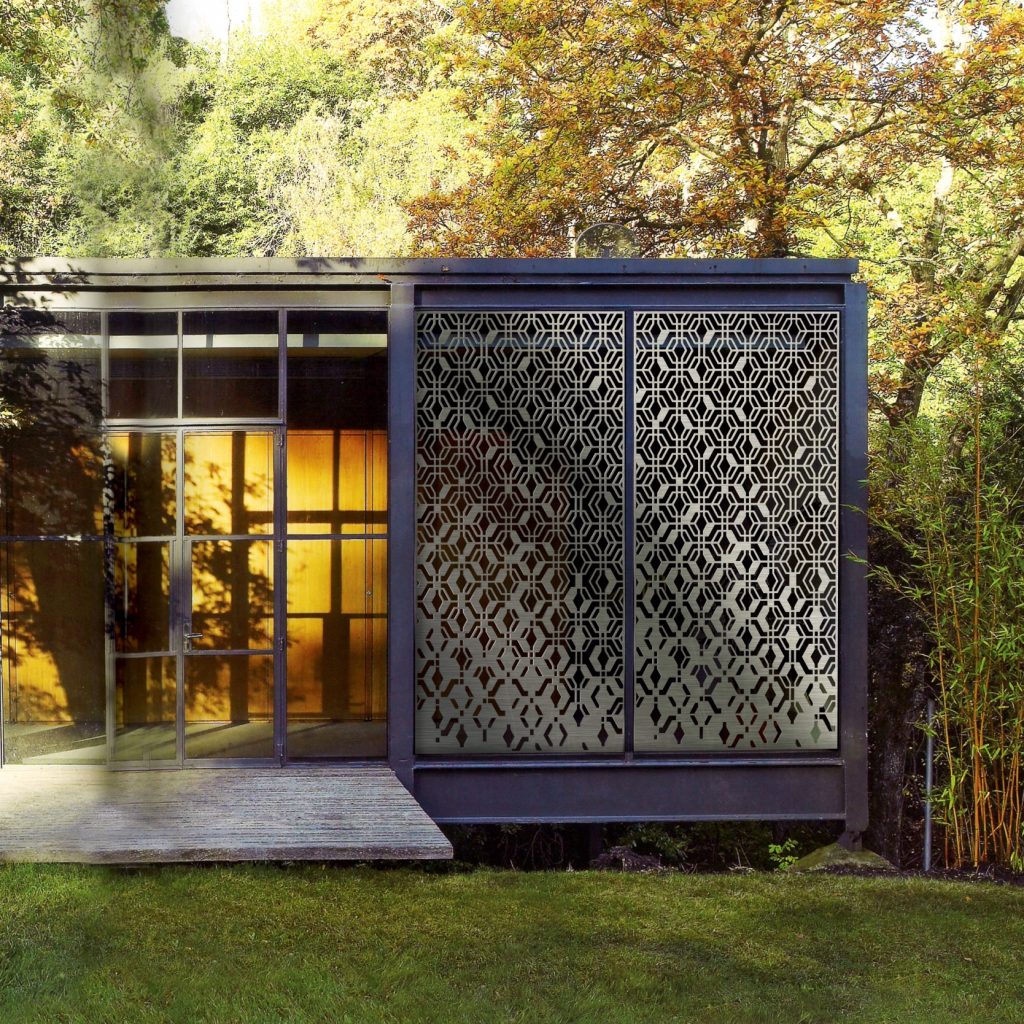
Fresko Screen. -
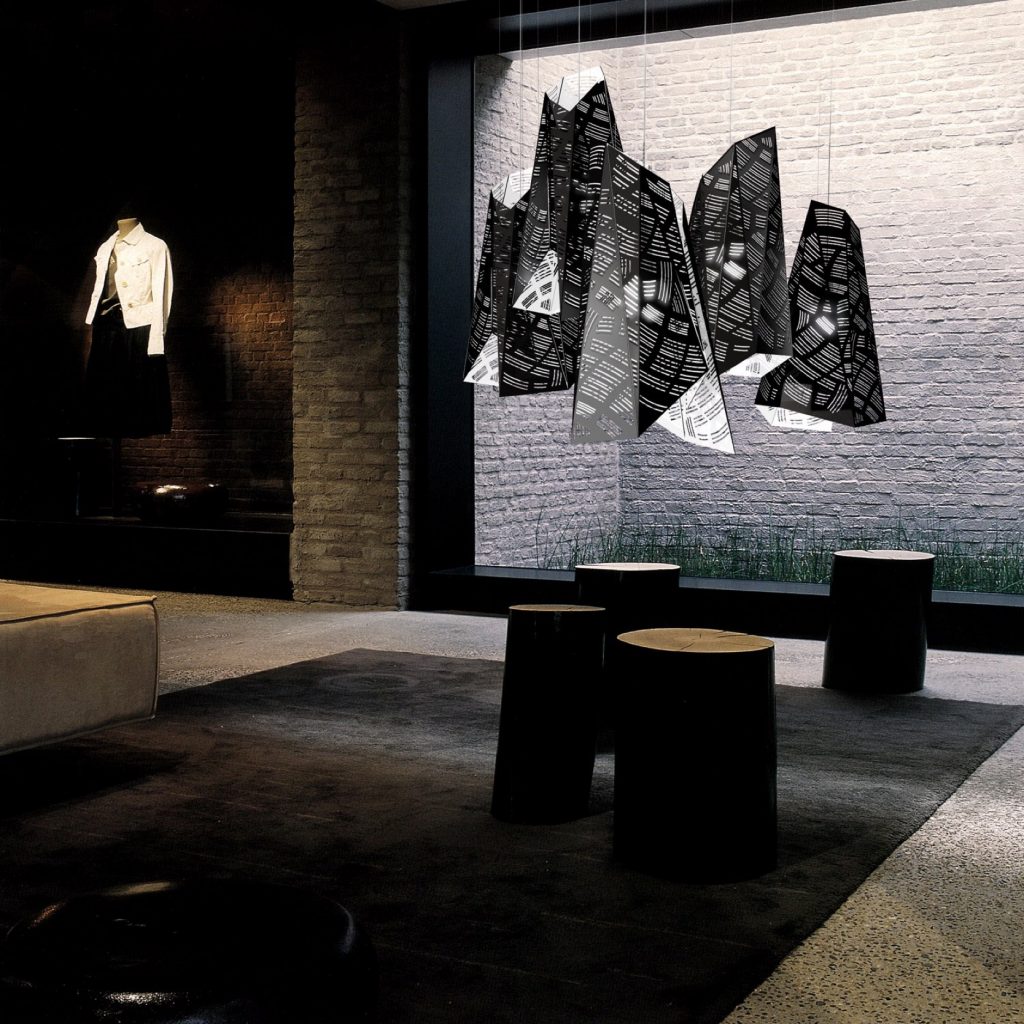
Cheesegrater. -
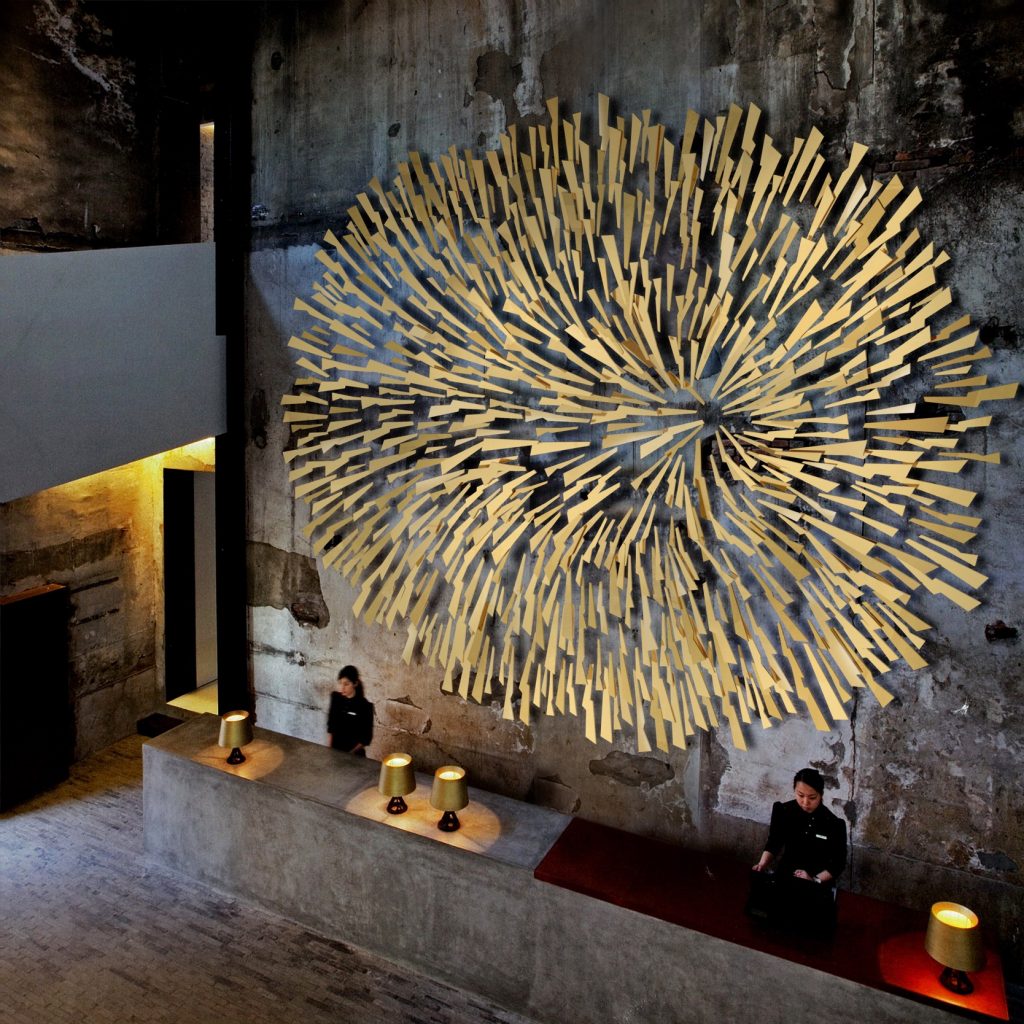
Blossom.
“It was hard. It was not easy. I was working pretty much 24 hours a day, seven days a week because of the time difference. So I was really the only person here on the ground in the U.S. and between collaborating with the Australian company as well as clients on the east coast, west coast and mid west, my phone was literally ringing all day and all night. I loved it,” she said.
Once Schuster established her, she began building the staff that helps her keep the growing company going — one of her first few hires is her current Vice President. Unsurprisingly, as the North American division grew so did the supply demands requiring them to shift away from using the Australian factory. For the first year and a half the North American division had been receiving all of its pieces from Australia — a long and costly process.
“Jerzy — who was the owner at the time in Australia — his son took over the business and he agreed to move here to North America and open up a factory. We since doing that have moved factory spaces three times due to the growth and demand of the product.”
Schuster and her team work hard to keep up with the demand, and the North American division has continued to grow every year — each year is their biggest year yet, with increases in project numbers, the size of projects, and the dollar amount of each project.
“We have our biggest and best year each year,” Schuster said.
As their portfolio continues to expand with each year their pieces find their way all over the country, filling American locations with the combined power of the functionality of lighting with the expressive qualities of art.
“I am blown away at the projects — starting from the architecture and design firms we get to work with. I’m flattered and beyond grateful for the opportunities. We’re working with amazing architecture and design firms and then, specifically, when we’re working with them we get to work on their amazing projects. Their projects that are looking for specific pieces that are going to tell a story and are meaningful in their spaces. It’s something I have not gotten jaded about,” Schuster explained.
Before Yellow Goat Design, Schuster felt like she was burning herself out designing because of all the detailing she was doing within a space. What Schuster really wanted to design was the meaningful piece in the space — “the piece that everyone walks in a goes, ‘wow, that’s really great!’”
“Whenever you’re designing with meaning, and giving meaning to the space — it can be as simple as if you walked through my home, I could tell you a story and a reason for literally every single thing you would see in the space — it’s really the ultimate to be designing spaces where we’re designing a really meaningful item. It’s very custom: it’s specific to the client, it’s specific to their space, and we’re always looking to tell their story,” Schuster said.
Just a small handful of their projects include Tailfeathers in Loew’s Miami Beach Hotel; Shooting Stars for the Newman Marcus project in Westchester, NY; The Denevue in Sephora’s World Trade Center, NY location. Some of Yellow Goat Design’s work can also be found in the ARIA Resort & Casino in Las Vegas, the Bacardi Headquarters in Miami, the Bristol-Myers Squibb corporate campus in New Jersey, and the Lincoln Experience Center in Newport Beach, Calif.
-

Location: Neiman Marcus Westchester. Design: Shooting Stars -
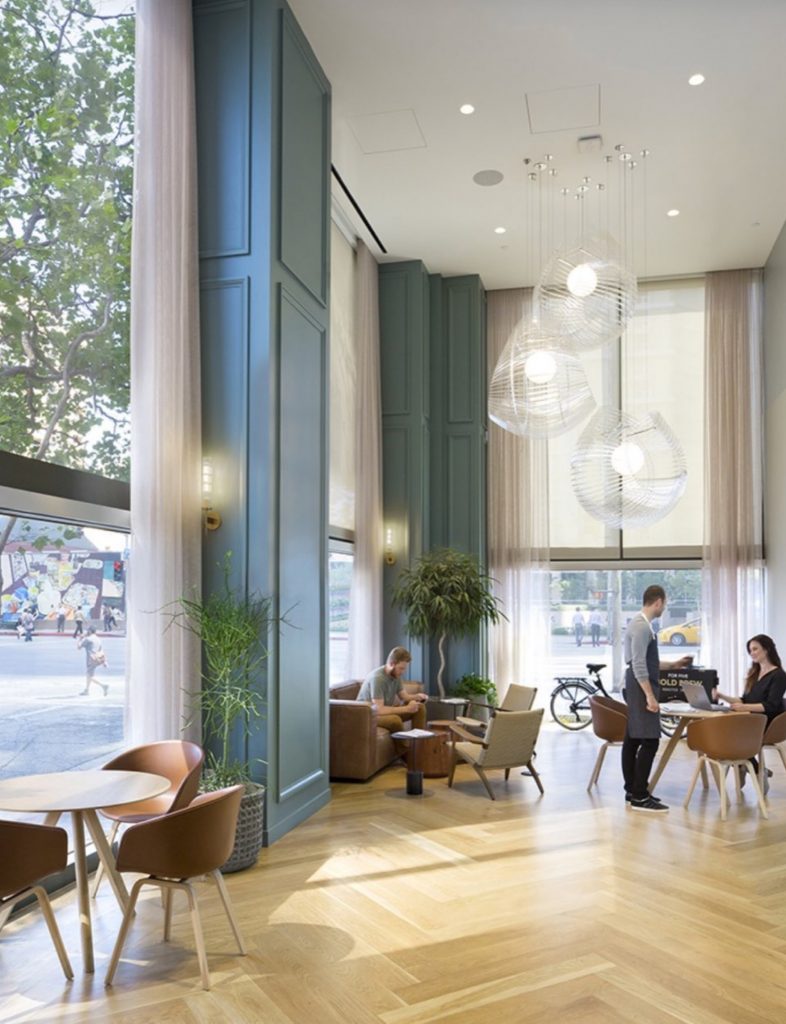
Location: Convene. Design: Gotcha. -

Location: Loews Miami Beach Hotel. Design: Tailfeathers. -
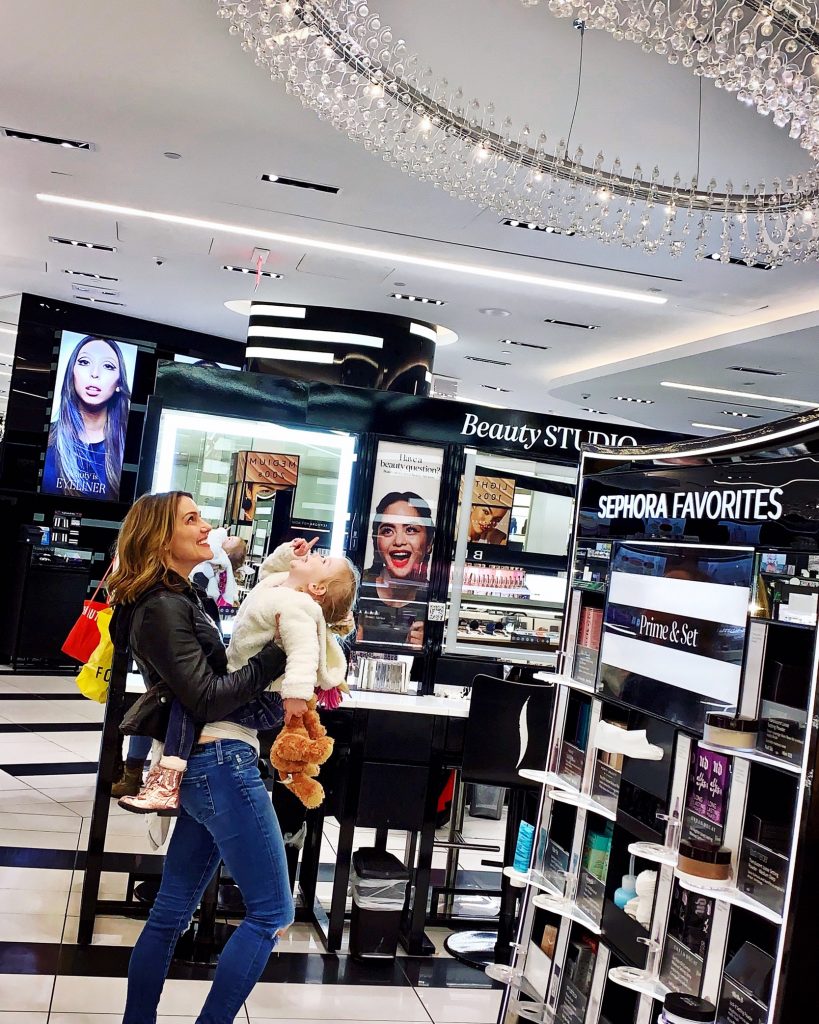
Location: Sephora World Trade Center. Design: Denevue.
While all of her career growth was taking place with the North American division of Yellow Goat Design, Schuster was also starting her family and accomplishing the family-work life balance that had helped her decide to switch career paths.
Schuster had her first son in October 2010, as she was also at the beginning of getting Yellow Goat Design’s North American division started.
“I just kept on plugging away. Breastfeeding in the middle of the night was not very big of a problem because the Australians would know when I was up feeding a baby. It literally kept the business moving 24/7,” Schuster said. Now Schuster works to balance her Yellow Goat Design role and her role as a mother of four children all under ten years old — with only about two years in between each child.
Schuster said that when it comes to balancing work and family life it helps to constantly be “reprioritizing, working smarter and more effectively, and you find out what you’re capable of the more challenges you have thrown at you.”
“They are such a beautiful addition, but they don’t have to hold you back — and you figure it out, and design your life and what’s going to make you happy. And if you are proactive, make decisions, be constantly reassessing, and willing to pivot and make changes, and adjust always for improvement, you can do it,” Schuster added.
Schuster’s commitment to herself, by striving for the balance she knew she wanted and the fulfillment she desired from her work, shows the power of taking the risks to get yourself where you want to be.
